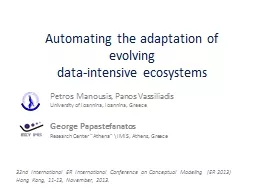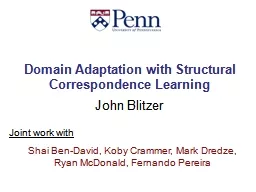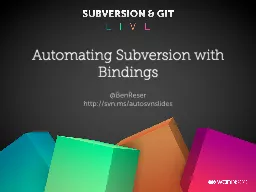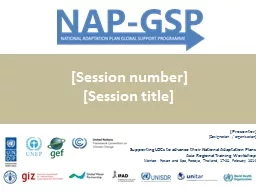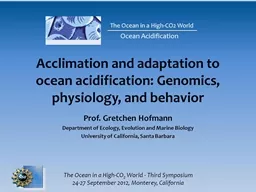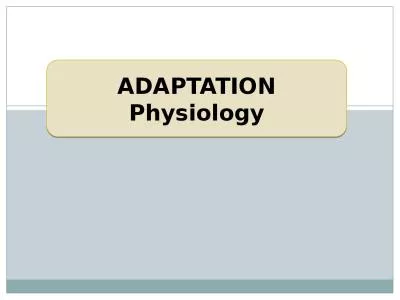PPT-Automating the adaptation of evolving
Author : danika-pritchard | Published Date : 2017-06-10
dataintensive ecosystems Petros Manousis Panos Vassiliadis University of Ioannina Ioannina Greece George Papastefanatos Research Center Athena IMIS Athens
Presentation Embed Code
Download Presentation
Download Presentation The PPT/PDF document "Automating the adaptation of evolving" is the property of its rightful owner. Permission is granted to download and print the materials on this website for personal, non-commercial use only, and to display it on your personal computer provided you do not modify the materials and that you retain all copyright notices contained in the materials. By downloading content from our website, you accept the terms of this agreement.
Automating the adaptation of evolving: Transcript
Download Rules Of Document
"Automating the adaptation of evolving"The content belongs to its owner. You may download and print it for personal use, without modification, and keep all copyright notices. By downloading, you agree to these terms.
Related Documents

